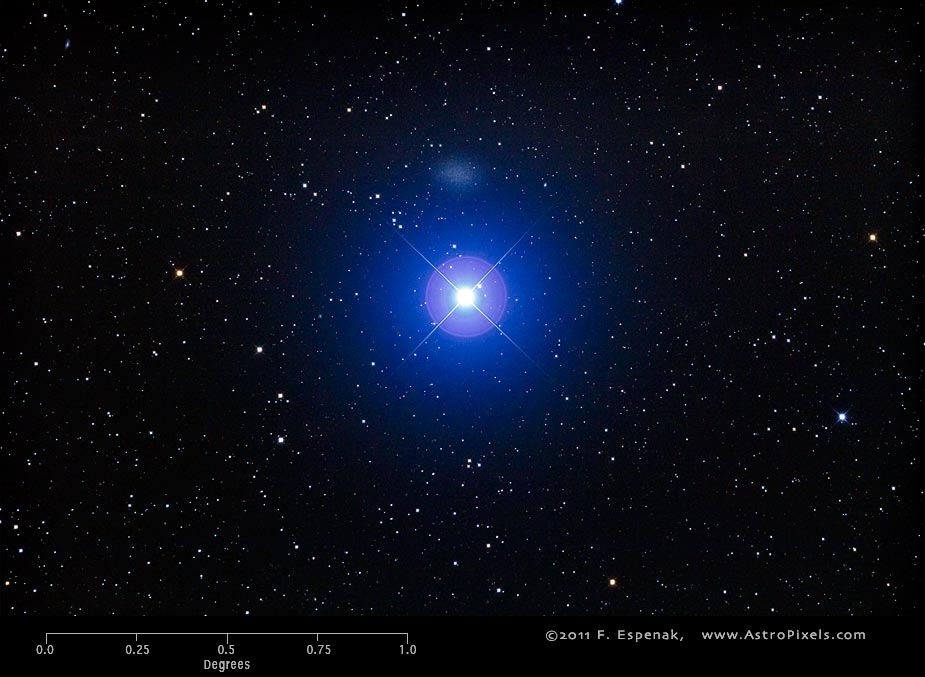Planet highlights are somewhat reduced this month although Mars makes a nice addition to the dim Zodiac constellation, Cancer the Crab. On May 1st use binoculars to find Mars quite close to M44, the “Beehive Cluster;” an open cluster of stars found in Cancer. Cancer lies in the western sky between the Gemini twins and Leo the lion which are brighter zodiac “bookends” to Cancer. Mars is the brightest object in this area of the sky.
Leo has a 1st magnitude star (Regulus) at the bottom of the “backwards question mark” shape formed by the front of Leo. Another 1st magnitude star (Spica) may be seen in the middle of the next Zodiac constellation to the left of Leo. Both are blue-white stars and bright; but dimmer than Mars.
Jupiter is way over in the western sky appearing to draw closer to the Sun. By 9:30 pm it will have set. For the first half of May Jupiter will be seen close to the horizon and mostly in twilight. However, it is still bright enough to be seen, especially through telescopes. By June it will be lost in the glare of the Sun, but will return to view later in the summer in the eastern morning sky before dawn.
In the eastern morning sky now, Venus is very bright before sunrise. On May 23rd look for it when the waning crescent Moon will be found just above and to the right of it. Saturn will be found just to the right of the Moon.
Neptune lies in this same spot in the sky and on May 23rd it might be seen above and left of Saturn, but only with binoculars as a dim green dot.
Saturn will continue to gain altitude this month and into the summer eastern sky, and Venus’ orbit will appear to take in farther away from the Sun. Both planets will be even easier to see into June and beyond this summer.
The Eta Aquariid meteor shower peaks on May 5th. Looking east from 2:30 to 4:30 pm, above where Venus and Saturn lie close to the horizon, may reveal several dozen very fast-moving meteors per hour caused by remnant dust particles from Halley’s Comet.
May’s Full Moon shines on May 12th.
Dennis Herrmann developed a life-long interest in astronomy at an early age and got his first telescope at the age of 12. Through his 43 years of teaching at Kent County High School he taught Astronomy and Earth/Space Science and coached track and field and cross country. He led and participated in numerous workshops on astronomy at the Air and Space Museum (DC), the Maryland Science Center, and the Mid-Atlantic Planetarium Society. He loves sharing and explaining the night sky to increase understanding and enjoyment of it to folks of all ages.



Cl Ra says
Keep ‘em coming, Dennis!